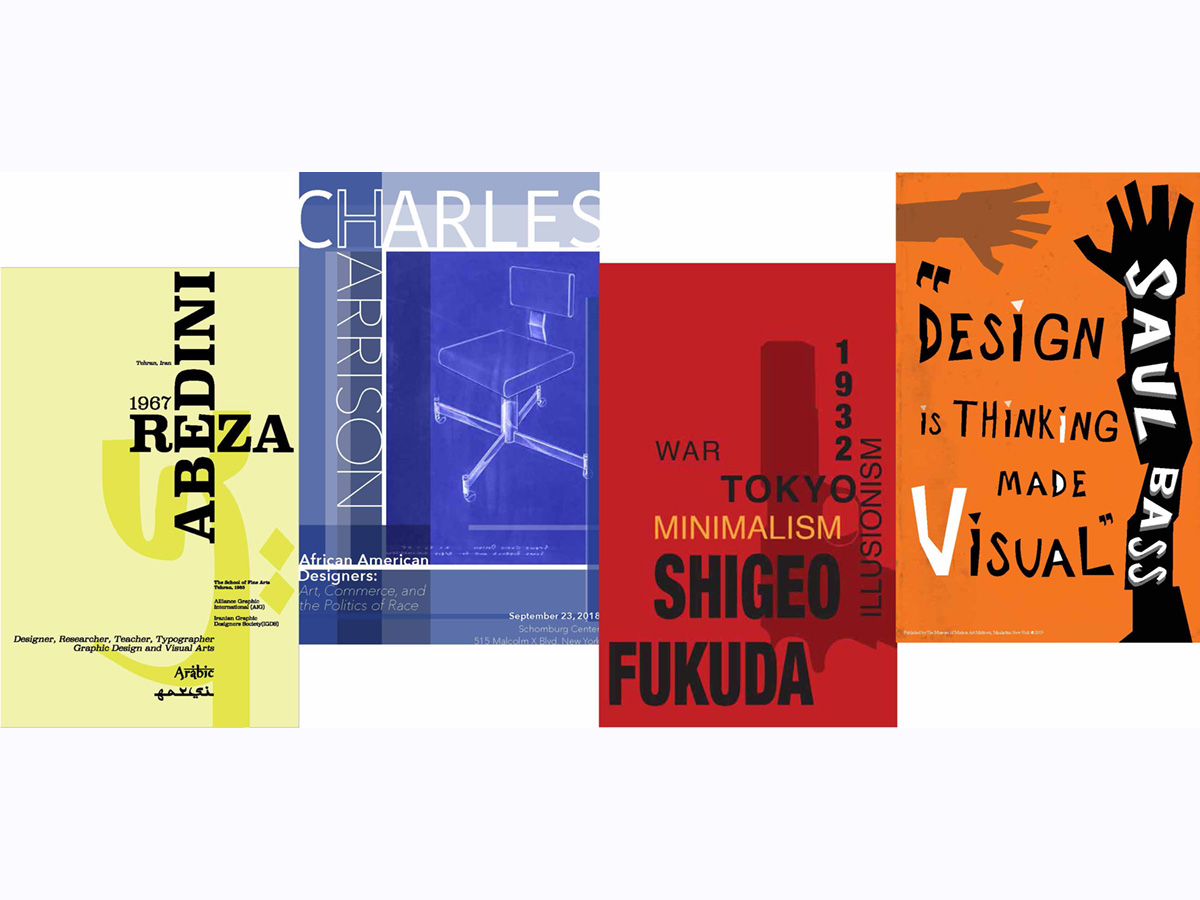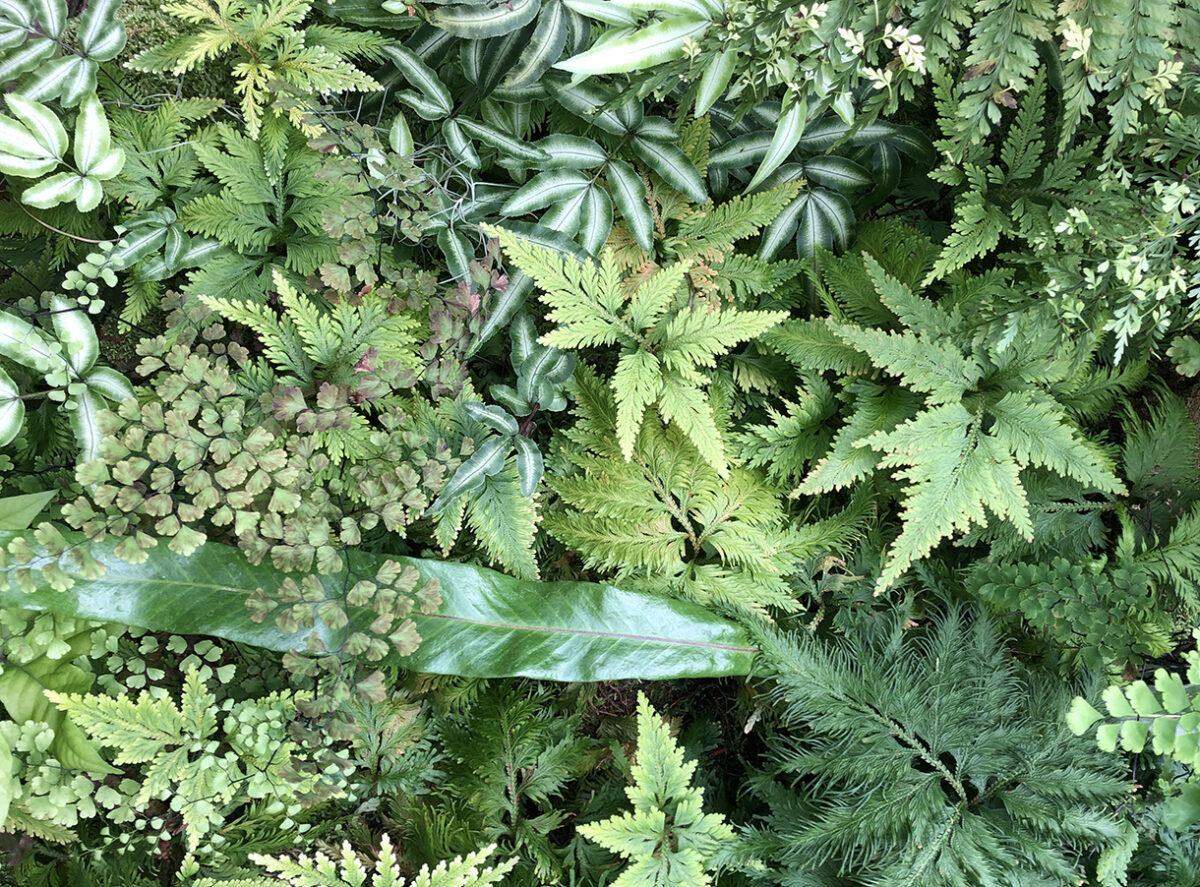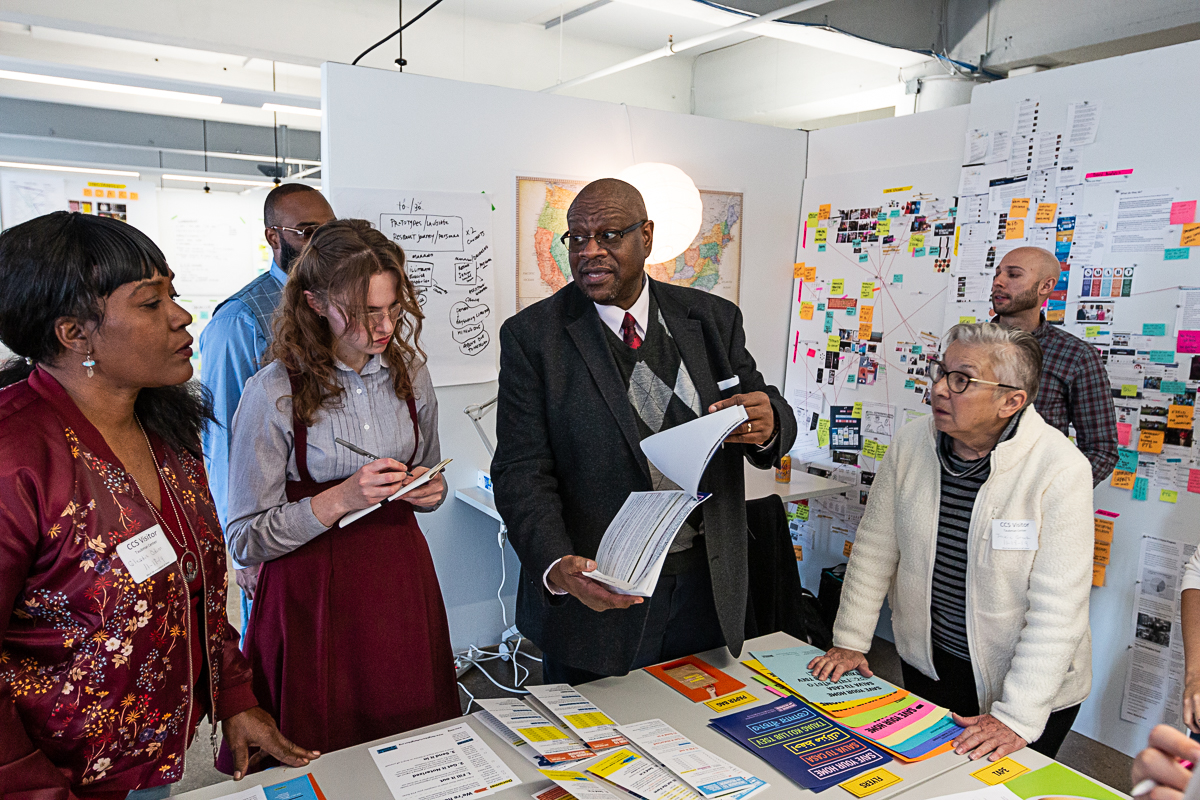Abby Guido
Assistant Professor
Tyler School of Art and Architecture
While the design industry has shifted from the individual designer creating work in a silo to a more collaborative approach, relying on both diversity of thought and expertise, design education is falling behind, where the focus is often on the individual and the iterative process of incorporating feedback, design students are missing a key component to becoming a successful designer today: learning how to be strong team members, how to generate diverse ideas, how to be thoughtful leaders, among other soft skills. As the design industry continues to embrace collaboration, design educators should explore how to better expose students to group design work in their curriculum.
In the past, I have assigned group projects that allowed the students to select their roles and responsibilities with their teammates. While this has sometimes worked, more often it did not and I found myself spending most of my time helping the team push through personal issues, rather than focusing on the work itself. In response, I changed my approach in a course during the spring of 2020 called, “Event Design.” I had my students apply for a specific role that was provided with a list of job responsibilities, on a specific project team for a given event we would be designing for. This approach was much more successful, the students embraced their roles, created beautiful work, and were able to seamlessly pivot when our project and course had to majorly adjust due to the coronavirus and the cancelation of the in-person events we were designing for.
The students in this course shared that their experience collaborating allowed them to learn new skills they had not considered needing to know. I witnessed a huge change in all of the students, and an opportunity to help better prepare our students for their careers.
This research was presented at the Design Incubation Colloquium 7.1: Oakland University, MI on October 17, 2020.









